-
 bitcoin
bitcoin $107208.295278 USD
-1.54% -
 ethereum
ethereum $3874.629914 USD
-1.38% -
 tether
tether $1.000440 USD
0.03% -
 bnb
bnb $1089.465513 USD
-5.53% -
 xrp
xrp $2.327672 USD
-1.65% -
 solana
solana $184.766505 USD
-0.73% -
 usd-coin
usd-coin $1.000076 USD
0.02% -
 tron
tron $0.310632 USD
-1.99% -
 dogecoin
dogecoin $0.187615 USD
-1.60% -
 cardano
cardano $0.633389 USD
-2.75% -
 ethena-usde
ethena-usde $0.999553 USD
0.03% -
 hyperliquid
hyperliquid $35.608231 USD
-4.13% -
 chainlink
chainlink $16.876114 USD
-3.98% -
 stellar
stellar $0.312239 USD
-0.91% -
 bitcoin-cash
bitcoin-cash $473.262969 USD
-7.09%
What does it mean when Bollinger Bands break through the upper rail? Is it a signal to chase the rise?
A breakthrough of the upper Bollinger Band signals strong bullish momentum but isn't a clear sign to chase the rise; use other indicators for confirmation.
May 22, 2025 at 04:14 am
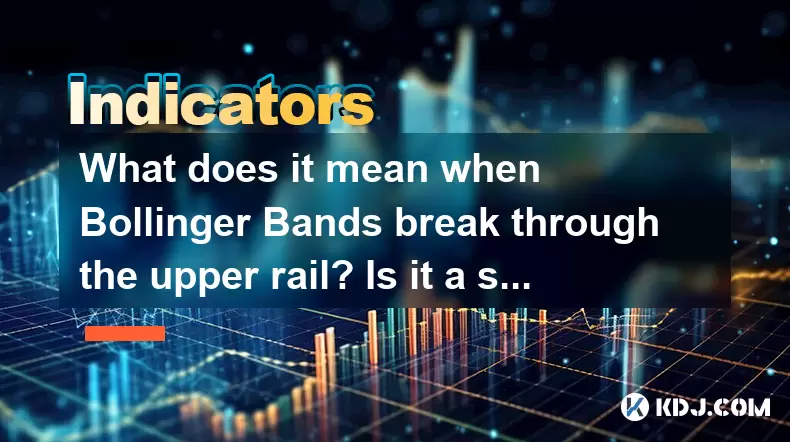
When analyzing the cryptocurrency market, traders often use various technical indicators to make informed decisions. One such popular indicator is the Bollinger Bands. Bollinger Bands are a volatility indicator that consists of a middle band being a simple moving average (SMA) and two outer bands that are standard deviations away from the middle band. When the price of a cryptocurrency breaks through the upper rail of the Bollinger Bands, it is often interpreted as a signal of significant market movement. However, the question remains: does this mean it's a signal to chase the rise?
Understanding Bollinger Bands
Bollinger Bands were developed by John Bollinger and are used to measure market volatility. The bands consist of three lines:
- The Middle Band: This is typically a 20-day simple moving average (SMA).
- The Upper Band: This is usually set two standard deviations above the middle band.
- The Lower Band: This is usually set two standard deviations below the middle band.
The width of the bands is directly related to the volatility of the market. When the bands widen, it indicates increased volatility, and when they narrow, it suggests decreased volatility.
What Does a Breakthrough of the Upper Rail Signify?
When the price of a cryptocurrency breaks through the upper rail of the Bollinger Bands, it often signifies that the market is experiencing a strong upward momentum. This breakthrough can be seen as an indication that the price is potentially overbought. However, it is crucial to understand that this does not automatically mean it's time to buy or chase the rise.
A breakthrough of the upper rail can mean several things:
- Strong Bullish Momentum: The price is moving strongly upwards, and there is significant buying pressure.
- Potential Overbought Conditions: The asset might be reaching a point where it is overvalued, and a correction could be imminent.
- False Breakout: Sometimes, the price may briefly break the upper band only to fall back within the bands, indicating a false signal.
Is It a Signal to Chase the Rise?
While a breakthrough of the upper rail might suggest strong bullish momentum, it is not necessarily a signal to chase the rise. Chasing the rise refers to buying an asset after it has already experienced a significant increase in price, hoping to capitalize on the continued upward trend. However, this strategy can be risky, especially in the volatile cryptocurrency market.
There are several reasons why chasing the rise after a Bollinger Bands upper rail breakthrough might not be the best strategy:
- Risk of Reversal: The price might be at a peak, and a reversal could occur, leading to losses for those who bought at the high.
- Overbought Conditions: The asset might be overbought, suggesting that a correction could be on the horizon.
- False Signals: The market might be giving a false signal, and the price could quickly return within the bands.
Using Bollinger Bands in Conjunction with Other Indicators
To make more informed trading decisions, it is advisable to use Bollinger Bands in conjunction with other technical indicators. Some commonly used indicators include:
- Relative Strength Index (RSI): This can help identify overbought or oversold conditions.
- Moving Average Convergence Divergence (MACD): This can provide insights into the momentum and trend direction.
- Volume: High trading volume can confirm the strength of a breakout.
By combining these indicators, traders can gain a more comprehensive view of the market and make more informed decisions about whether to chase the rise after a Bollinger Bands upper rail breakthrough.
Practical Example: Analyzing a Cryptocurrency Chart
Let's consider a practical example to illustrate how to analyze a cryptocurrency chart using Bollinger Bands and other indicators.
- Step 1: Open your preferred cryptocurrency trading platform and select the chart of the cryptocurrency you are interested in.
- Step 2: Add Bollinger Bands to the chart. Ensure the settings are standard: a 20-day SMA for the middle band and two standard deviations for the upper and lower bands.
- Step 3: Observe the price action. If the price breaks through the upper rail, note the time and price at which this occurs.
- Step 4: Check the RSI to see if the asset is overbought (typically above 70).
- Step 5: Look at the MACD to see if there is a bullish crossover, indicating continued upward momentum.
- Step 6: Analyze the trading volume to confirm the strength of the breakout. High volume can validate the move, while low volume might suggest a false breakout.
- Step 7: Based on the combined analysis, decide whether to enter a trade or wait for further confirmation.
Risks of Chasing the Rise
Chasing the rise after a Bollinger Bands upper rail breakthrough carries inherent risks. Some of these risks include:
- Market Reversals: The market can quickly reverse, leading to significant losses for those who bought at the peak.
- Emotional Trading: Chasing the rise can lead to emotional trading decisions, which often result in poor outcomes.
- Lack of Confirmation: Relying solely on a single indicator like Bollinger Bands without additional confirmation can lead to false signals and poor trading decisions.
Frequently Asked Questions
Q1: Can Bollinger Bands be used effectively for all cryptocurrencies?A1: Bollinger Bands can be applied to any cryptocurrency chart, but their effectiveness may vary depending on the liquidity and volatility of the specific cryptocurrency. Highly volatile assets might produce more false signals, while more stable assets might provide more reliable indications.
Q2: How often should I check the Bollinger Bands for trading decisions?A2: The frequency of checking Bollinger Bands depends on your trading strategy. For day traders, checking the bands multiple times a day might be necessary. For swing traders, checking daily or even weekly might suffice. It's important to align the frequency with your trading time frame and strategy.
Q3: Are there any specific settings for Bollinger Bands that work best for cryptocurrencies?A3: The standard settings for Bollinger Bands are a 20-day SMA for the middle band and two standard deviations for the upper and lower bands. However, some traders might experiment with different settings, such as a 50-day SMA or 1.5 standard deviations, to suit their specific trading style and the characteristics of the cryptocurrency they are trading.
Q4: Can Bollinger Bands be used for short-selling in the cryptocurrency market?A4: Yes, Bollinger Bands can also be used for short-selling. A breakthrough of the lower rail might indicate strong bearish momentum, suggesting a potential opportunity to short the asset. However, as with buying, it's crucial to use additional indicators to confirm the signal and manage risk effectively.
Disclaimer:info@kdj.com
The information provided is not trading advice. kdj.com does not assume any responsibility for any investments made based on the information provided in this article. Cryptocurrencies are highly volatile and it is highly recommended that you invest with caution after thorough research!
If you believe that the content used on this website infringes your copyright, please contact us immediately (info@kdj.com) and we will delete it promptly.
- a16z Doubles Down: Jito and the Future of Solana Staking
- 2025-10-18 10:45:13
- Solana, Whales, and Altcoin Buys: Decoding the Crypto Current
- 2025-10-18 11:05:12
- Binance Coin, Cardano, and Remittix: Navigating the Crypto Landscape
- 2025-10-18 11:05:12
- Crypto, Bear Market, and Analysts: Navigating the Uncertainty
- 2025-10-18 10:25:13
- Tezos on the Edge: Bollinger Bands and Crypto Market Weakness
- 2025-10-18 10:25:13
- Crypto News, October 2025: Missed Stories You Need to Know
- 2025-10-18 08:45:14
Related knowledge
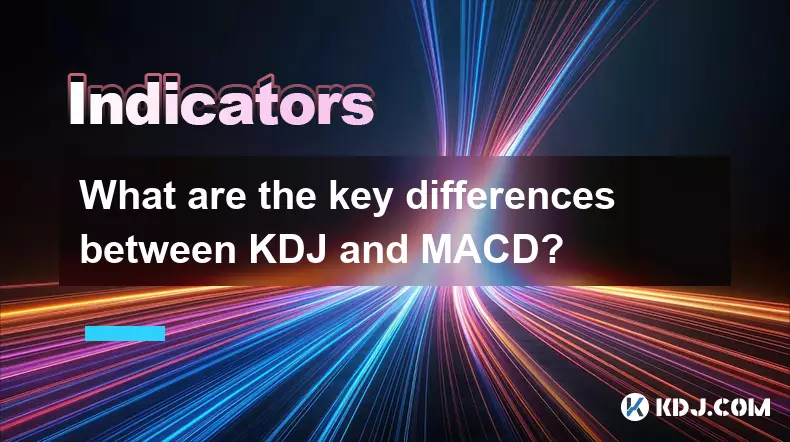
What are the key differences between KDJ and MACD?
Oct 18,2025 at 04:54am
KDJ Indicator: Core Mechanics and Usage1. The KDJ indicator is a momentum oscillator that combines the features of the Stochastic Oscillator with an a...
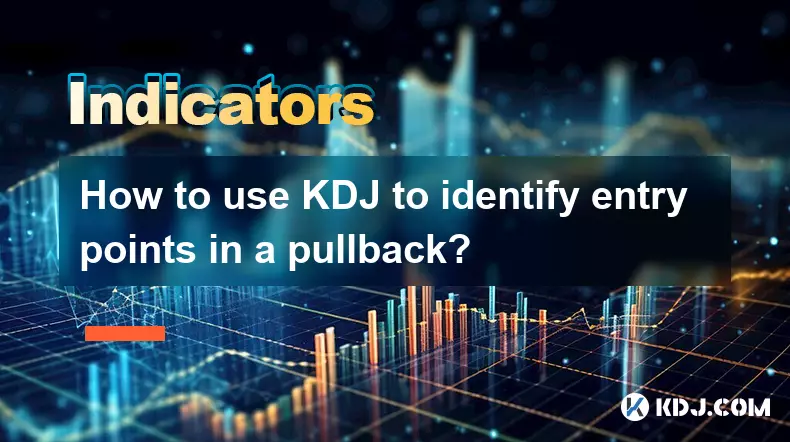
How to use KDJ to identify entry points in a pullback?
Oct 18,2025 at 09:36am
Understanding KDJ in the Context of Pullbacks1. The KDJ indicator, an extension of the stochastic oscillator, consists of three lines: %K, %D, and %J....
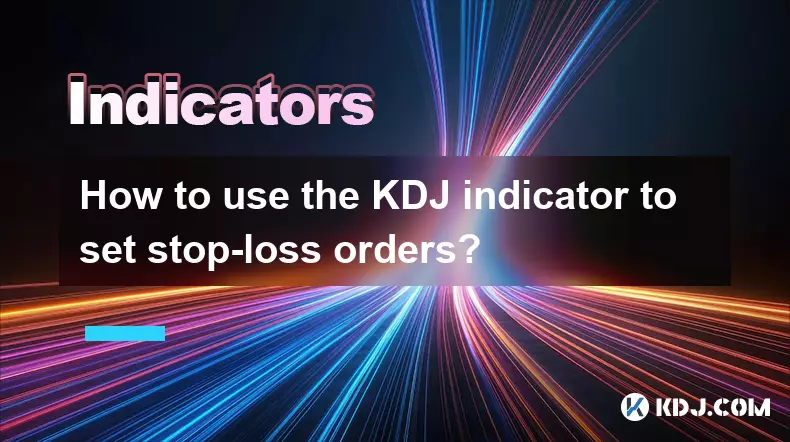
How to use the KDJ indicator to set stop-loss orders?
Oct 18,2025 at 05:18am
Understanding the KDJ Indicator in Cryptocurrency Trading1. The KDJ indicator, also known as the Stochastic Oscillator with J-line adjustment, is wide...
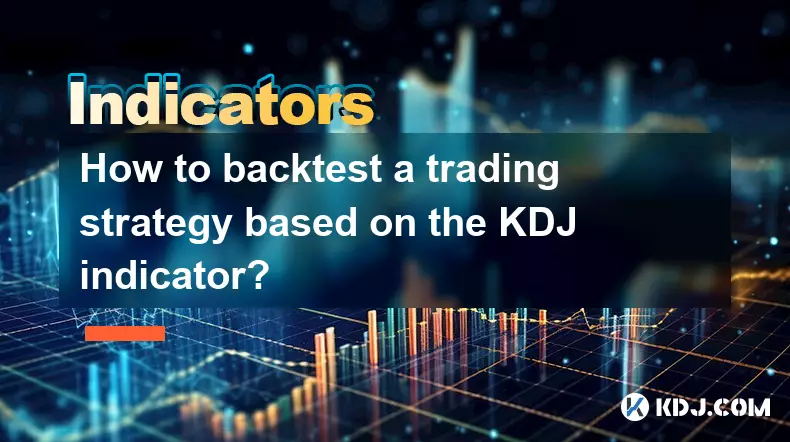
How to backtest a trading strategy based on the KDJ indicator?
Oct 18,2025 at 09:00am
Understanding the KDJ Indicator in Trading1. The KDJ indicator, also known as the Stochastic Oscillator with a momentum twist, combines three lines—K,...
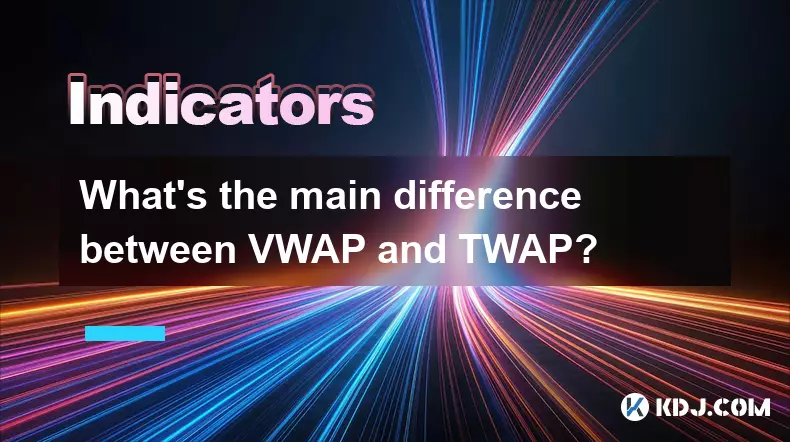
What's the main difference between VWAP and TWAP?
Oct 12,2025 at 11:54am
Understanding VWAP and Its Role in Crypto Trading1. Volume Weighted Average Price (VWAP) is a trading benchmark that calculates the average price of a...
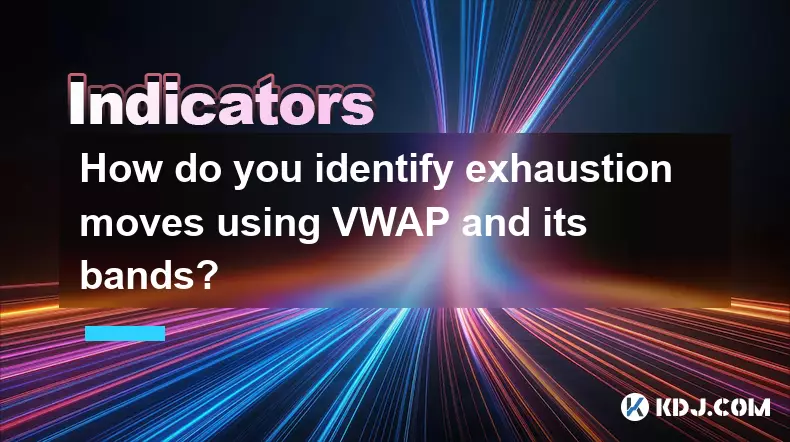
How do you identify exhaustion moves using VWAP and its bands?
Oct 12,2025 at 08:00am
Understanding the Role of Decentralized Exchanges in Crypto Trading1. Decentralized exchanges (DEXs) operate without a central authority, allowing use...

What are the key differences between KDJ and MACD?
Oct 18,2025 at 04:54am
KDJ Indicator: Core Mechanics and Usage1. The KDJ indicator is a momentum oscillator that combines the features of the Stochastic Oscillator with an a...

How to use KDJ to identify entry points in a pullback?
Oct 18,2025 at 09:36am
Understanding KDJ in the Context of Pullbacks1. The KDJ indicator, an extension of the stochastic oscillator, consists of three lines: %K, %D, and %J....

How to use the KDJ indicator to set stop-loss orders?
Oct 18,2025 at 05:18am
Understanding the KDJ Indicator in Cryptocurrency Trading1. The KDJ indicator, also known as the Stochastic Oscillator with J-line adjustment, is wide...

How to backtest a trading strategy based on the KDJ indicator?
Oct 18,2025 at 09:00am
Understanding the KDJ Indicator in Trading1. The KDJ indicator, also known as the Stochastic Oscillator with a momentum twist, combines three lines—K,...

What's the main difference between VWAP and TWAP?
Oct 12,2025 at 11:54am
Understanding VWAP and Its Role in Crypto Trading1. Volume Weighted Average Price (VWAP) is a trading benchmark that calculates the average price of a...

How do you identify exhaustion moves using VWAP and its bands?
Oct 12,2025 at 08:00am
Understanding the Role of Decentralized Exchanges in Crypto Trading1. Decentralized exchanges (DEXs) operate without a central authority, allowing use...
See all articles























![[4K 60fps] 5upreme by RoyalP (1 coin) [4K 60fps] 5upreme by RoyalP (1 coin)](/uploads/2025/10/18/cryptocurrencies-news/videos/k-fps-upreme-royalp-coin/68f2e6c9ef491_image_500_375.webp)


















































